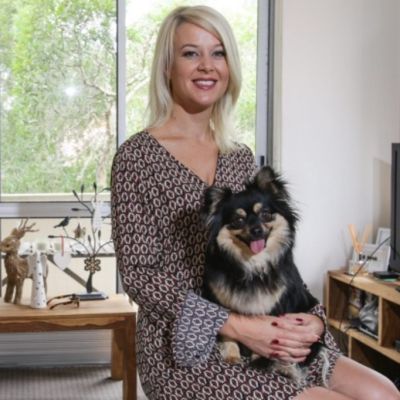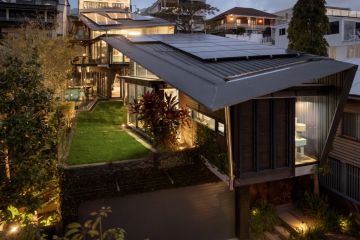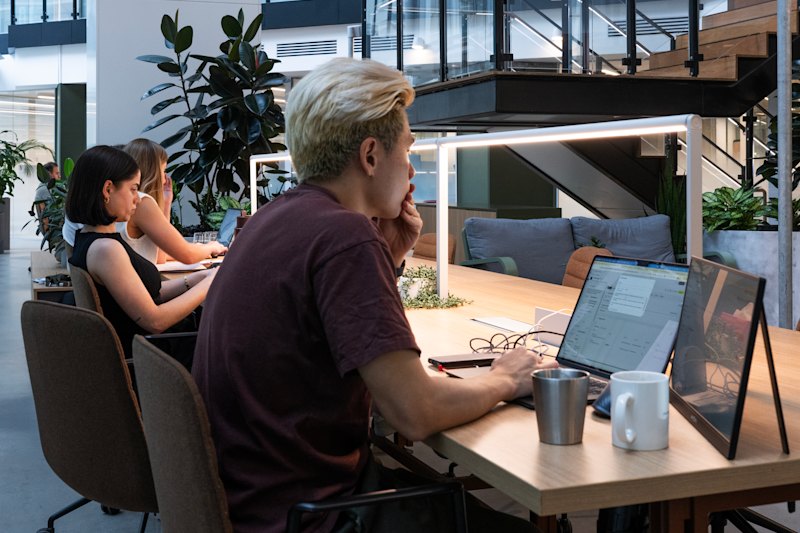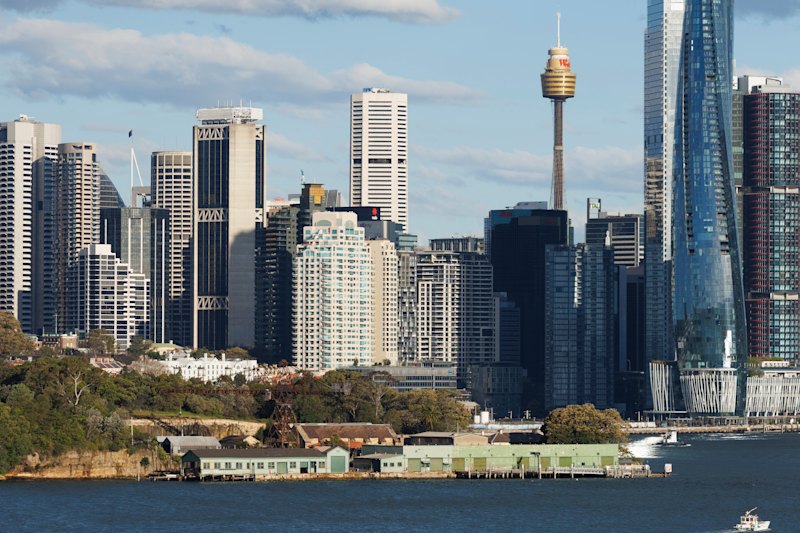Rentvesting: The strategy for first-home buyers that's 'creating a city of landlords'
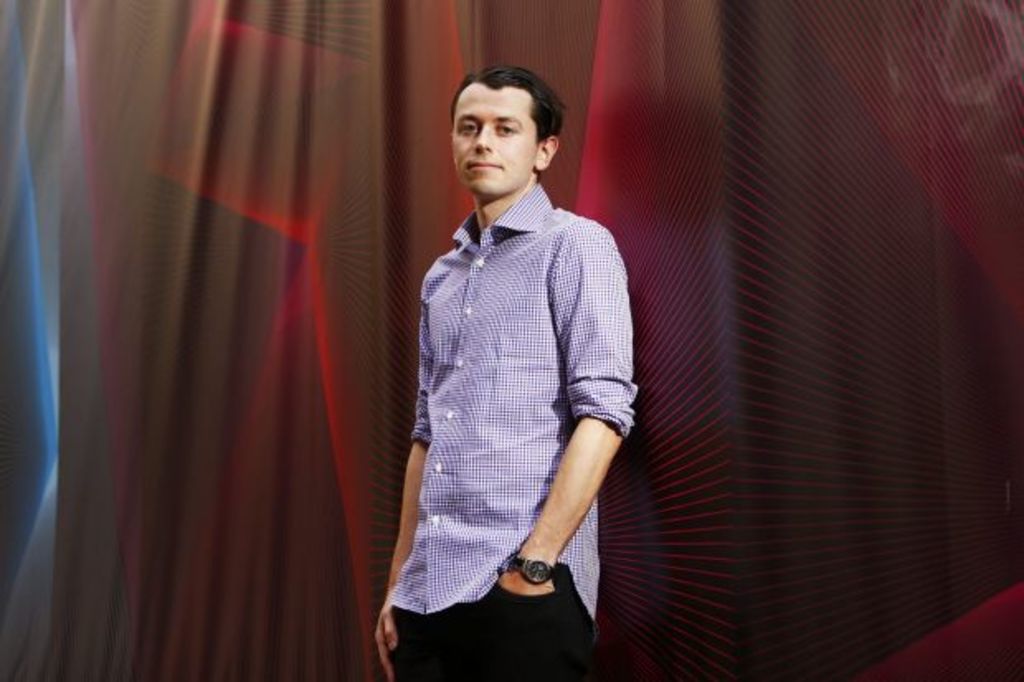
A rise in first-home buyers ‘rentvesting’ – buying an investment property while continuing to rent – to get a foot on the property ladder is simply creating a bigger affordability issue for the next generation to deal with, experts warn.
While there are no official records recording how many tenants in Australia are also investors, recent surveys point to a dramatic rise in those using this strategy to buy property.
In 2014, 20 per cent of investors were ‘rentvestors’, a Mortgage Choice survey found. By 2016, a third of investors surveyed fell into the category.
This strategy is now so popular an expo dedicated to this type of investor was initiated in Sydney for the first time globally at the end of 2016.
This new breed of investing has become more common due to tax incentives favouring investment, Rentvesting.com.au founder Peter Mastroianni said.
“Most people underestimate the costs of owning their home, the interest paid over 25 or 30 years of a mortgage, the renovations that don’t add value, the maintenance costs, the rates – housing is expensive,” he said.
When owning an investment property, expenses such as repairs and depreciation can be tax deductions and “when you stack the numbers it’s far better to rent than to buy a home”.
”I completely appreciate that rentvesting may be cultivating a landlord culture, but the traditional home ownership model requires a rethink.”
But while it is seen by some as a reinvention of home ownership in the face of rising prices, others consider it a flawed system that favours investors and encourages prices to increase.
“You have to ask whether there would be anything like rentvesting at current levels if the distortions in the tax system weren’t there,” Hal Pawson, director of UNSW City Futures Research Centre, said.
“Essentially, it’s a specialised component of investor demand and the effect on prices is inflationary. It’s not a housing affordability solution. We don’t really see this anywhere else in the world that I know of.”
The phenomenon has created a growing cohort of investors, slowing turning Sydney into a “city of landlords”, founder of tenancy advocate Don’t Rent Me, Anthony Ziebell, said.
“We have a serious housing affordability issue in Australia and it’s convincing those who are the most impacted by it – renters – to be digging their own graves.
“[Rentvesting is] perpetuating the problem and kicking the can further down the road. This generation can’t afford to buy a home so they buy an investment property, what happens to the next generation who can’t afford either?”
But some say for first home buyers with no other option it is often a good financial plan.
First Home Buyers Australia co-founder Daniel Cohen described it as a “great strategy option” that had become the “flavour of the month in the real estate industry”.
“If rentvesting was to become mainstream, it would be concerning that the level of demand for the more affordable housing options could rise even further, putting upwards pressure on property prices in the more affordable areas”.
Not all Gen Y Sydneysiders are willing to give up on the traditional model of home ownership.
Accountant Andrew Gibietis, 27, lives with his parents in Menai and is saving to buy a first home the traditional way.
“Rentvesting is a massive risk if you are using it to accumulate a house deposit [and hoping] it will be sold for more than your loan. If property prices drop you are screwed – with no deposit and a loan left over – and that is five to 10 years of wasted time with debt,” he said. “We’re turning into New York where everyone is renting.”
But a city where everyone is renting to each other wouldn’t necessarily be a bad thing, Pete Wargent, founder of AllenWargent buyer’s agency, said.
“When there’s more casualisation in jobs and the workforce, it’s not practical for people to own their home,” Mr Wargent said. It could also give renters more political clout as their numbers grow.
He has rentvested in the past, but warned rental laws would need to be changed to provide more security for tenants if rentvesting were to become the norm.
Michael Zhu: A rentvestor with five investment properties
One rentvestor who has found the strategy lucrative is Michael Zhu, 30, an online marketing professional who owns close to $3.5 million of NSW real estate but has chosen not to buy his own home.
Instead, he has spent periods of time in the rental market and currently lives with his parents. He has accrued a rental portfolio of five homes across NSW, including Mascot, Westmead, Rhodes, Ryde and Point Clare.
“I kicked off in 2008, working as an advertising sales rep. With the help of my parents, I saved and bought a unit in Mascot in February 2009,” Mr Zhu said.
“I was living at home, but moved in [to the unit] for the first home owners grant before moving out again and renting it,” he said.
While he wanted to stay in the property, he looked “at the numbers” and realised there were more benefits to moving home and renting it out.
“When you’re living in the property, you’re losing out on tax deductions compared to renting. There are incentives to invest. It’s a safer option to rentvest than to put all the money into a home to live in – if interest rates go up, I can sell one of them,” he said.
If he wasn’t able to claim negative gearing benefits from his investment properties, he would be facing a $10,000 a year bill.
“There are incentives to purchase investments rather than homes, but it’s essential to allow first home owners a chance to get into the market,” he said.
And, if he does decide he doesn’t want to rent in the future, he can move into one of them.
“Living in your own place is an emotional choice and it’s close to peoples’ hearts. Turning it into a spreadsheet isn’t always a happy experience but I do encourage people to compare the numbers.”
We recommend
We thought you might like
States
Capital Cities
Capital Cities - Rentals
Popular Areas
Allhomes
More

